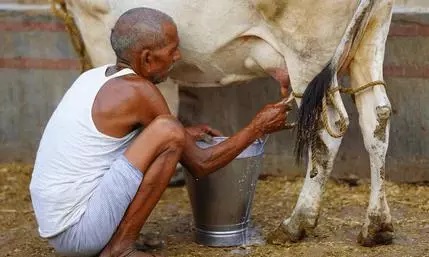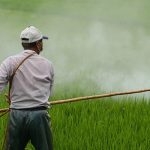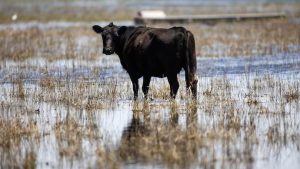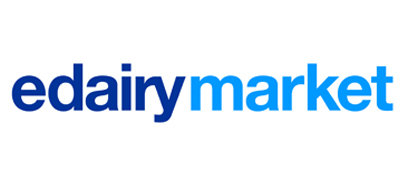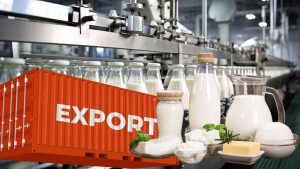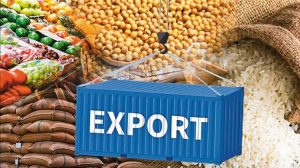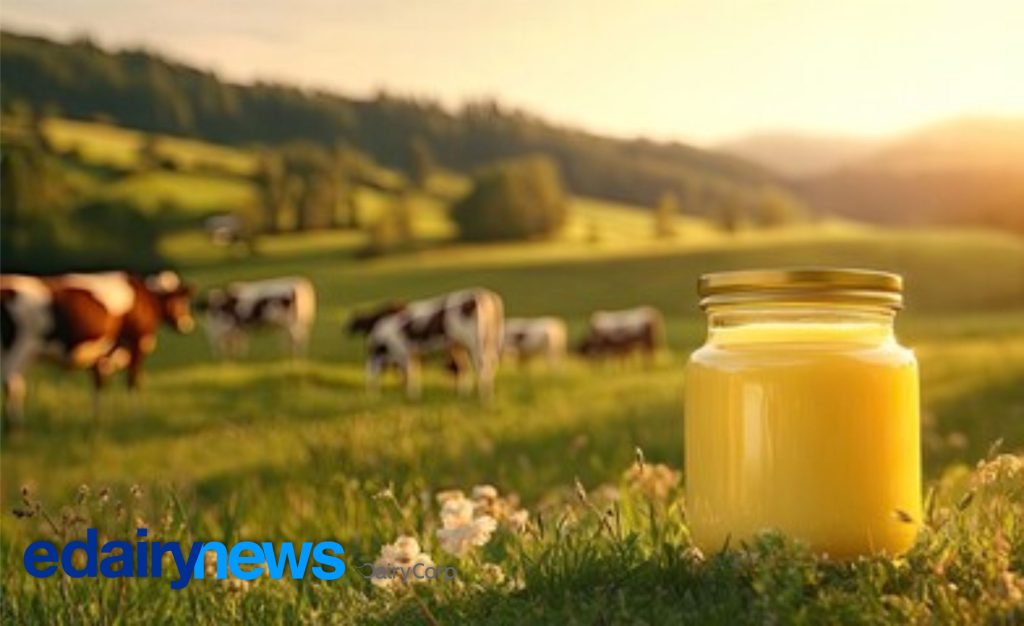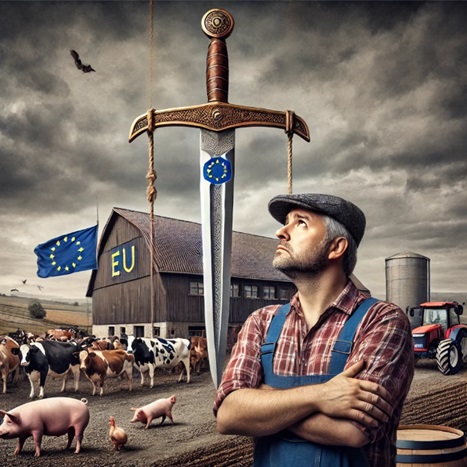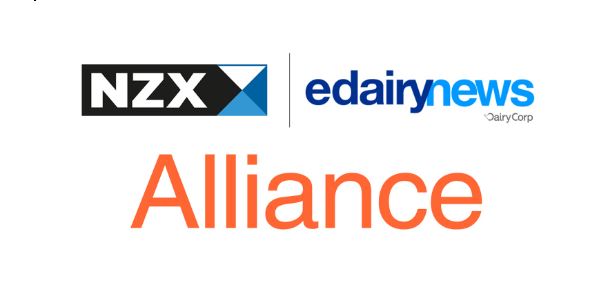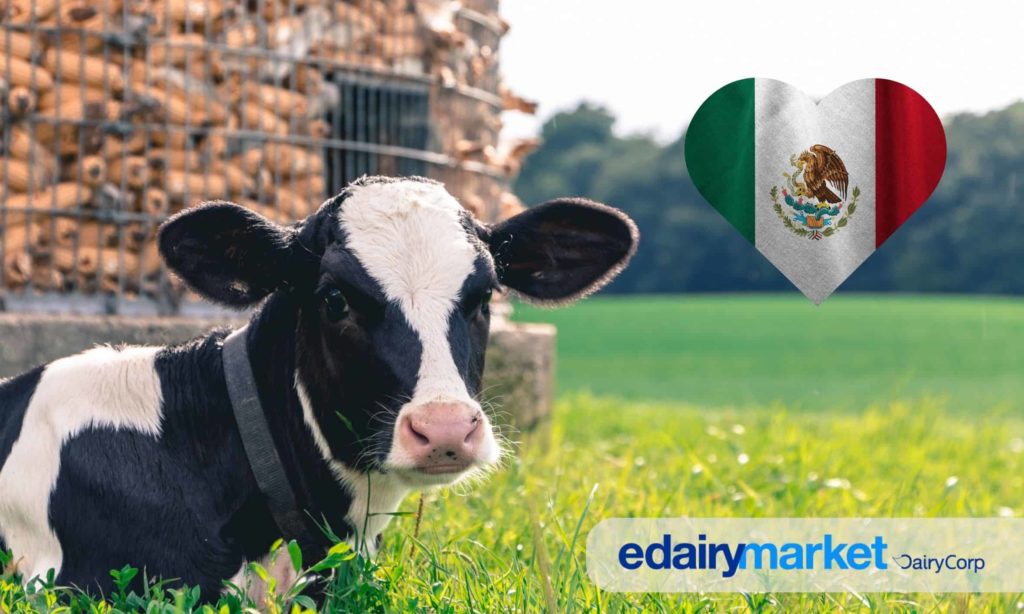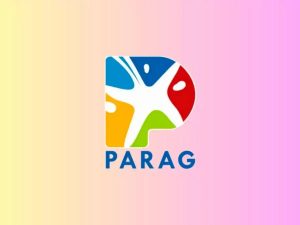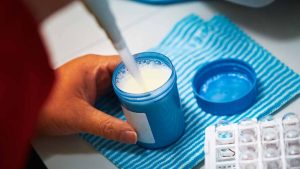
Andhra Pradesh Community Upholds Centuries-Old Vow, Prioritizing Community Welfare and Nutrition Over Profit 🥛.
In a radical departure from commercial dairy practices, the agricultural village of Ganjihalli in the Kurnool district of Andhra Pradesh adheres to a unique, centuries-old tradition: no one sells milk or milk products. This custom mandates that all milk produced by the village’s livestock be used strictly for household consumption and community sharing, with any surplus distributed free of charge to neighbors and the needy, especially children. For dairy analysts focused on supply chains and market dynamics, this model presents an extraordinary example of a self-sustaining, non-commercial dairy economy.
This powerful tradition originates from the guidance of a revered spiritual leader, Sadguru Bade Saheb, who advised villagers to cease the sale of milk, properly feed their calves, and never slaughter cows. This counsel followed a drought-induced crisis where many cattle perished, and farmers sold the rest of their animals. The villagers, who trace the origin of the practice back several centuries, have strictly followed this dictum through generations, seeing it as a moral and spiritual imperative that has eliminated the profit motive from their local dairy output.
The small village, home to approximately 4,000 residents across 1,100 houses, maintains a substantial livestock population of around 400 to 500 milk-yielding animals (cows and buffaloes). Collectively, these animals produce an average of 1,000 litres of milk daily. This production level ensures not only household needs are met, but also a significant surplus is available for distribution in the form of liquid milk, curd, and buttermilk to fellow villagers and nearby communities.
The economic impact of this altruistic model is substantial, yet voluntarily forgone. A village elder, Srinivasulu, illustrates the scale of the contribution, noting that his family produces three liters daily, and gives away one surplus liter to the community free of cost. Based on the current market rate of Rs 80 per litre, his family alone donates milk products valued at approximately Rs 2,400 a month. This collective, non-monetized contribution highlights a significant hidden value stream within the community’s agricultural economy.
This practice is deeply interwoven with the village’s cultural and spiritual identity, where residents of all religions gather to offer prayers at the local Dargah built in the area. The commitment to their livestock extends to land use, with about 50 acres dedicated solely to cultivating fodder for the cattle. For the international dairy sector, Ganjihalli offers a potent case study on the social capital and nutritional security that can be created when dairy production is intentionally decoupled from commodity market pressures.
Source: Read the full feature article in The Deccan Chronicle.
You can now read the most important #news on #eDairyNews #Whatsapp channels!!!
🇮🇳 eDairy News ÍNDIA: https://whatsapp.com/channel/0029VaPidCcGpLHImBQk6x1F
